When laser power gets high enough, interesting stuff happens.
One issue that comes up often with laser optics under high power is thermal lensing. Basically, the heat causes changes in the optical properties of the lenses. If we’re talking about the focusing lens in a laser delivery head, this means changes in the focal point.
Laser customers trust manufacturers to provide a high power system that will work, no matter what. Part of that is a steady focal point without any shift over time due to thermal lensing.
The problem is this is not so easy to test.
Focal point can be measured by any M-Squared system which produces a caustic of the laser propagation. However, nearly all of these solutions take some time, as they involve moving a beam profiler through space to take snapshots of the beam profile at different points.
At such as slow pace, the M2 results are still okay, but there’s no way it will catch the time-sensitive shifts in focus.
There is one answer to this question.
A couple of years ago, Ophir-Spiricon introduced a revolutionary system that takes advantage of laser scattering to capture the focus shift by using a beam profiler to image the side-view of a laser beam caustic.
There are three main benefits to this unique method:
- Non-contact, which means it’s much easier to set up and beam profiler cannot be damaged by the high power laser
- No upper power limit. (It’s hard to overemphasize the difference between this and most beam profiling solutions, which are extremely sensitive.)
- Real-time (response time down to ~100 ms). This one is key for measuring focus shift.
Think your laser doesn’t have this problem? I would check. Take a look at this video of a high power fiber laser undergoing substantial focus shift as it heats up:
BeamWatch also measure the laser beam propagation: M2, divergence, BPP, and K. Find out more about BeamWatch here.
Flickr creative commons image via astroshots42
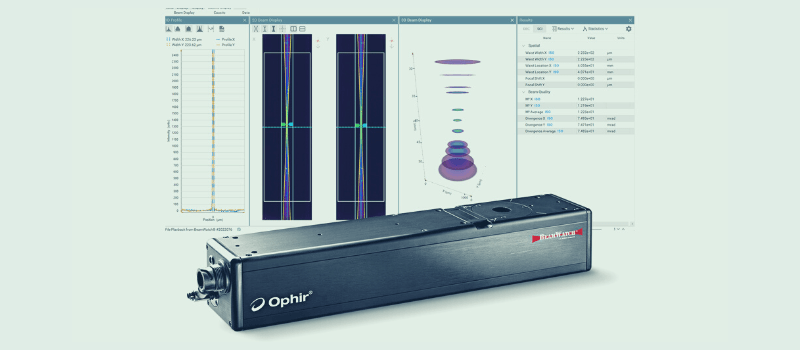
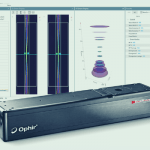
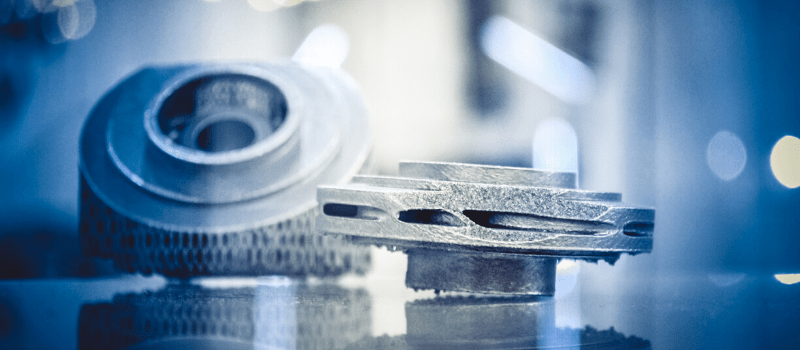
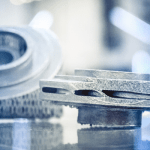
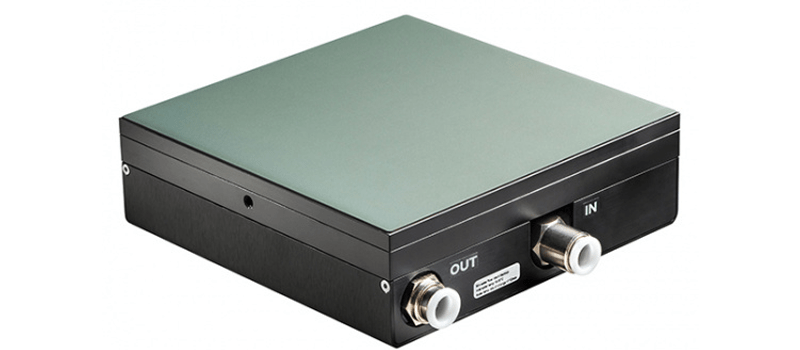
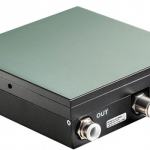


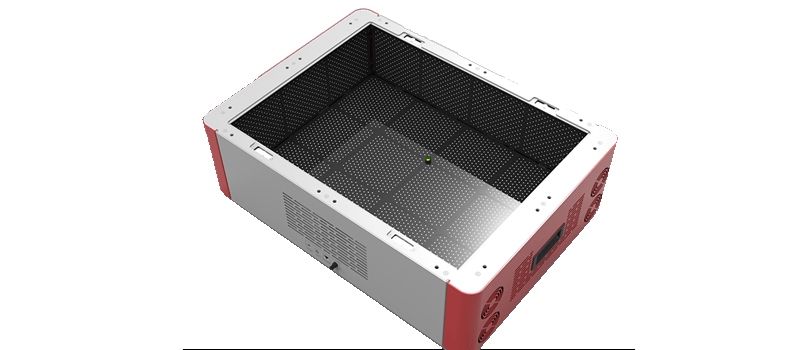

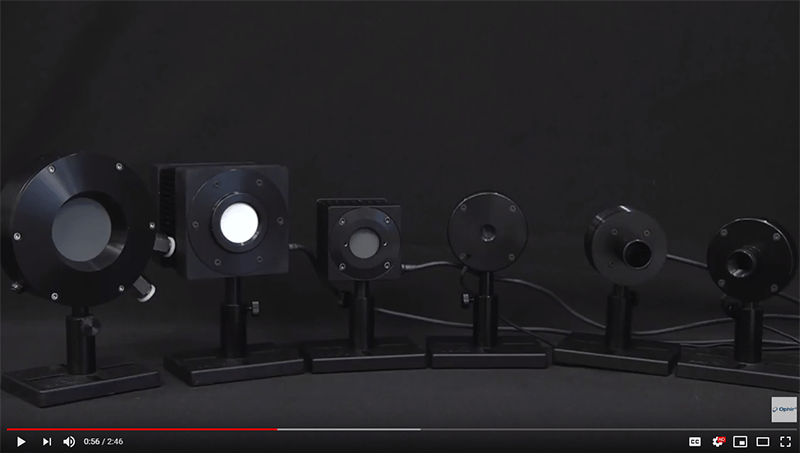
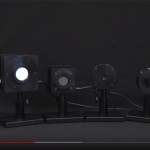
Leave a Reply
Your email address will not be published. Required fields are marked *